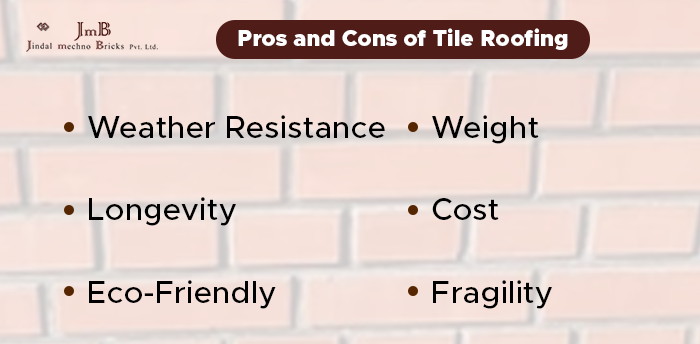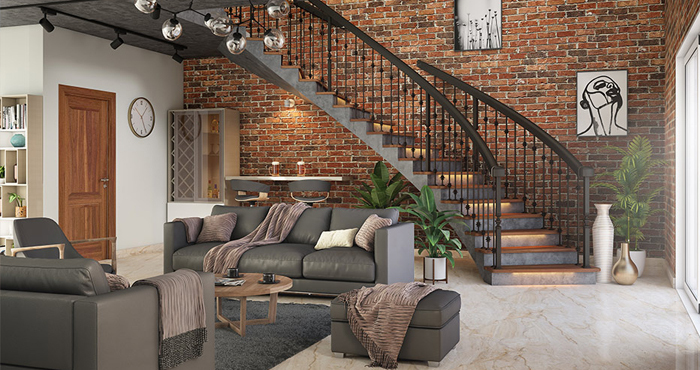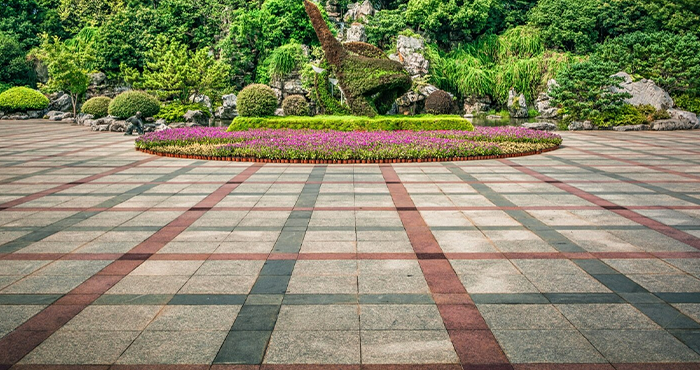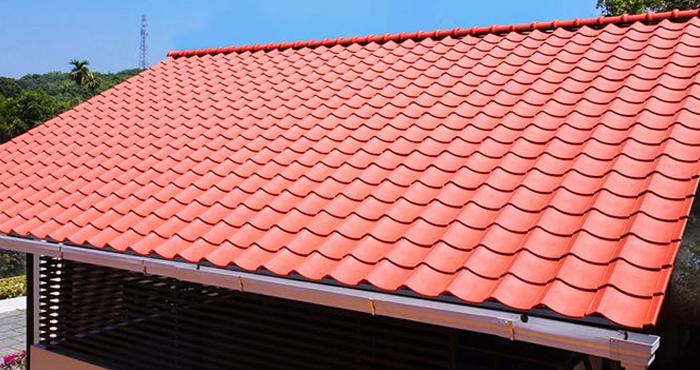When it comes to roofing materials, homeowners and builders often seek durable, aesthetically pleasing, and cost-effective options. Among the variety of choices available, clay roof tiles stand out due to their remarkable benefits. In this blog, we’ll explore the advantages of clay roof tiles, discuss the pros and cons of tile roofing, and examine the types of clay roof tiles available in the market.
Advantages of Clay Roof Tiles
Clay roof tiles are celebrated for their longevity, resilience, and aesthetic versatility, making them a top choice for many homeowners. Here are some of the key benefits:
- Durability: Clay tiles are known for their ability to withstand harsh conditions such as heavy winds, hail, and even fire. Their robust nature means that they can last for decades, often over 50 years, without needing replacement.
- Low Maintenance: Unlike other roofing materials that might require frequent repairs or replacements, clay tiles typically demand minimal maintenance. An occasional inspection and cleaning are usually sufficient to keep them in good shape.
- Energy Efficiency: Clay tiles provide excellent insulation, keeping homes cooler in the summer and warmer in the winter. This can help reduce heating and cooling costs, making clay tile roofing an energy-efficient choice.
- Aesthetic Appeal: Available in a variety of shapes, colours, and styles, clay tiles can complement any architectural style, from traditional to contemporary, enhancing the overall appearance of your home.
Pros and Cons of Tile Roofing
While clay tile roofing offers numerous advantages, it’s important to consider both sides of the coin.
Pros:
- Weather Resistance: Clay tiles are extremely resilient in various weather conditions, including extreme temperatures and wet weather.
- Longevity: One of the most significant advantages is their lifespan. When installed correctly, clay roof tiles can last upwards of 50 years or more.
- Eco-Friendly: Made from natural materials, clay tiles are environmentally friendly and can be recycled, reducing their ecological footprint.
Cons:
- Weight: Clay tiles are heavier than some other roofing materials. This means that additional structural support might be necessary, which can increase the cost of installation.
- Cost: Initial installation costs for clay tile roofing are typically higher than those for more common materials like asphalt shingles. However, the longer lifespan can offset these initial costs over time.
- Fragility: Despite their durability, clay tiles can break if subjected to significant impacts, such as falling branches or walking on them improperly.
Types of Clay Roof Tiles
Understanding the different types of clay roof tiles can help you select the best option for your home:
- Flat Tiles: The simplest form of clay roofing tiles, flat tiles are laid in overlapping rows and are known for their clean, linear appearance.
- Roman Tiles: These tiles have a flat middle, with a concave curve at one end and a convex curve at the other, creating a distinct pattern when laid.
- Spanish Tiles: Recognizable by their “S” shape, Spanish tiles are designed to lock together, providing excellent water shedding and a unique dimensional profile.
- Barrel Tiles: Similar to Spanish tiles but with a more pronounced round shape, creating deep grooves that are highly efficient at channelling water away.
Choosing the Right Clay Tile Roofing
Selecting the right type of clay tile depends on several factors, including climate, the structure of your home, and aesthetic preferences. It’s advisable to consult with a roofing professional who can assess your specific needs and help you make an informed decision.
Conclusion
Clay tile roofing offers a blend of durability, aesthetic appeal, and energy efficiency, making it a compelling choice for many homeowners. While the initial cost and installation may be higher than some other options, the long-term benefits and minimal maintenance requirements make it a worthwhile investment.
Whether you’re building a new home or replacing an existing roof, considering the pros and cons of tile roofing along with the different types of clay roof tiles can help you make a decision that meets both your practical needs and stylistic preferences. To get the best roof tile, consider Jindal Mechno Bricks. We are known for delivering the best building materials to make your next building project strong. Consult today to know more.
FAQs
How long do clay roof tiles typically last?
Clay roof tiles are incredibly durable and can last over 50 years with proper installation and maintenance. Their longevity often makes them a cost-effective choice in the long run despite the higher initial investment compared to some other roofing materials.
Are clay roof tiles suitable for all climates?
Yes, clay roof tiles are highly suitable for a variety of climates. They excel in hot climates due to their ability to reflect heat, but they are also excellent in cold and rainy climates because of their water-resistant properties. However, in areas with severe freeze-thaw cycles, special considerations may need to be taken to prevent damage.
Can clay roof tiles be installed on any type of home?
Clay roof tiles can be quite heavy, so not every home’s structure is suited for them without some modifications. It’s important to have a professional evaluate your home’s structure to determine if additional support is needed to handle the weight of a clay tile roof.
What maintenance does a clay tile roof require?
Clay tile roofs require relatively low maintenance. Periodic inspections to check for cracked or broken tiles and debris removal from the roof are generally all that’s needed. It’s also good practice to keep nearby trees trimmed to avoid damage from falling branches.
Are clay roof tiles environmentally friendly?
Yes, clay roof tiles are one of the more environmentally friendly roofing options. They are made from natural materials and are completely recyclable. Additionally, their durability means that they need to be replaced less frequently than other roofing materials, contributing less waste to landfills.






